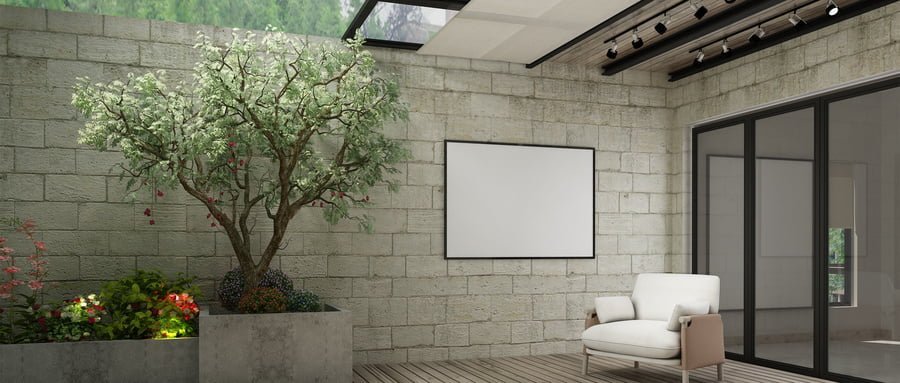Wood plastic flooring, also known as WPC flooring, has gained popularity in recent years as a versatile and sustainable alternative to traditional flooring materials. Combining the natural beauty of wood with the durability of plastic, WPC flooring offers a range of advantages. However, like any flooring option, it also comes with its own set of considerations. In this article, we will delve into the pros and cons of wood plastic flooring, helping you make an informed decision for your flooring needs.

Pros of Wood Plastic Flooring:
- Realistic Wood Look: Wood plastic flooring captures the essence of natural wood, providing an authentic and warm aesthetic that adds elegance to any space. It comes in a variety of finishes and colors, allowing you to find the perfect style to complement your interior design.
- Durability and Resistance: WPC flooring is known for its excellent durability. The combination of wood fibers and plastic polymers creates a material that is highly resistant to scratches, stains, and dents, making it suitable for high-traffic areas and homes with pets or children.
- Moisture Resistance: One of the significant advantages of wood plastic flooring is its resistance to moisture. Unlike traditional hardwood, which can warp or swell when exposed to water, WPC flooring remains stable even in areas prone to spills or high humidity, such as kitchens, bathrooms, and basements.
- Low Maintenance: Wood plastic flooring is relatively low maintenance. It is easy to clean and doesn’t require sealing or refinishing like hardwood. Regular sweeping and occasional mopping are usually sufficient to keep it looking its best.
- Eco-Friendly: Many wood plastic flooring options are made from recycled materials, reducing the demand for virgin wood and minimizing environmental impact. Choosing WPC flooring contributes to sustainable practices and the preservation of natural resources.
Cons of Wood Plastic Flooring:
- Susceptibility to Fading: While modern WPC flooring is engineered to be more resistant to fading than traditional hardwood, prolonged exposure to direct sunlight can still cause some degree of color fading over time. It’s essential to protect your flooring from excessive UV exposure through window treatments or the use of area rugs.
- Sensitivity to Temperature Changes: Wood plastic flooring can be sensitive to extreme temperature variations. It may expand or contract with fluctuations in heat and humidity. Proper installation techniques and acclimation of the flooring to the environment can help mitigate this issue.
- Cost Considerations: Compared to some traditional flooring options, wood plastic flooring can have a higher upfront cost. However, it’s important to consider the long-term value and durability that WPC flooring offers, which can outweigh the initial investment.
- Limited Repair Options: Unlike hardwood flooring that can be sanded and refinished, WPC flooring does not offer the same repair options. In case of severe damage, the affected plank or section may need to be replaced entirely.
Conclusion: Wood plastic flooring provides a range of advantages, including a realistic wood look, durability, moisture resistance, low maintenance, and eco-friendliness. However, it’s essential to consider factors such as potential color fading, sensitivity to temperature changes, cost considerations, and limited repair options.
By weighing the pros and cons, you can determine if wood plastic flooring is the right choice for your specific needs. Consulting with flooring professionals and considering your lifestyle, budget, and aesthetic preferences will help you make an informed decision. Wood plastic flooring offers a versatile and sustainable flooring option that can enhance the beauty and functionality of your space for years to come.
